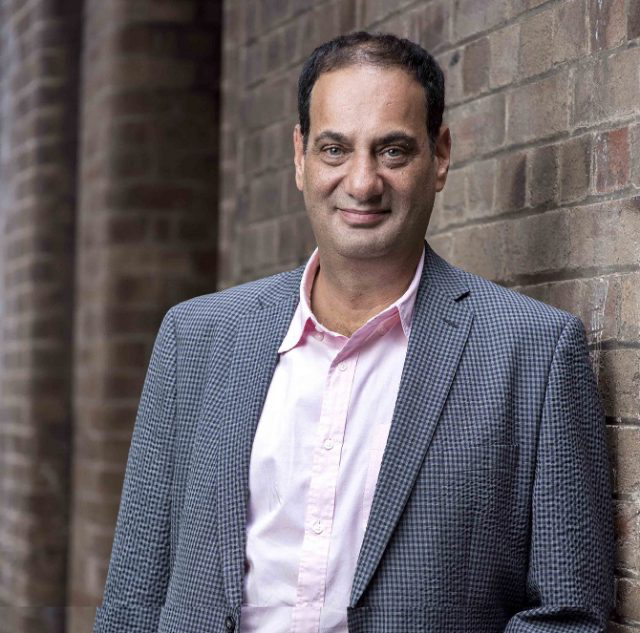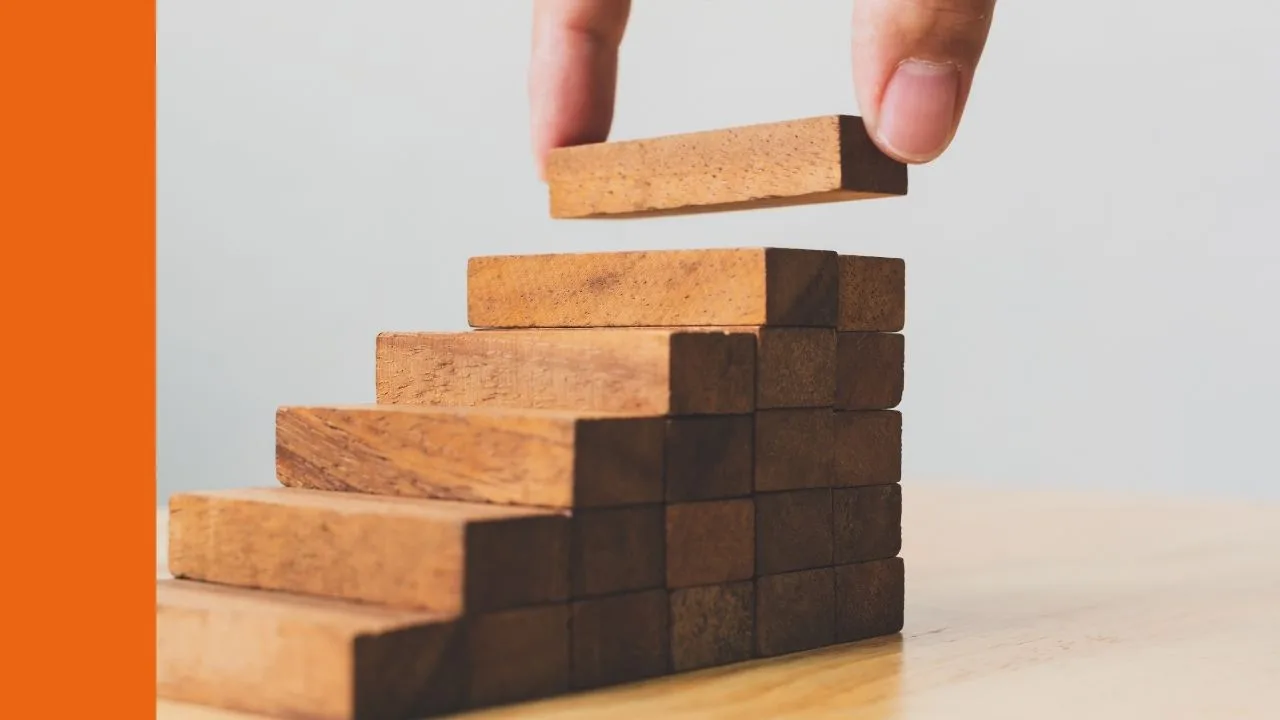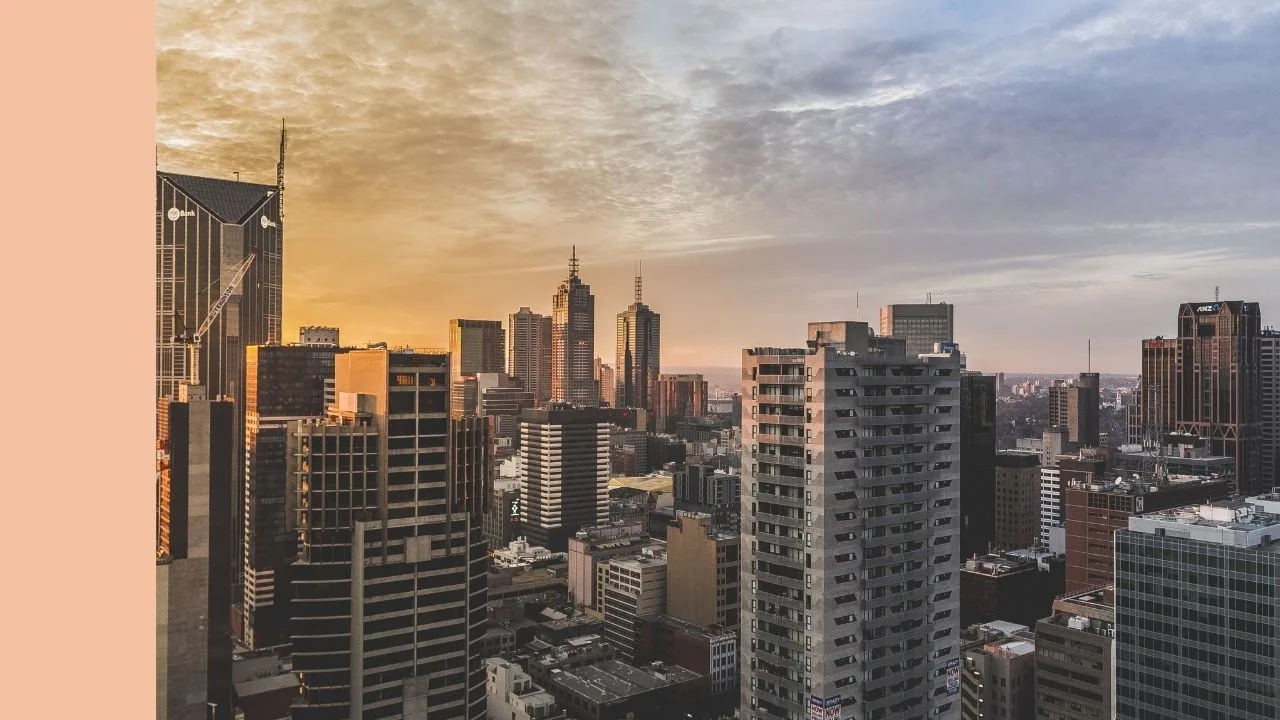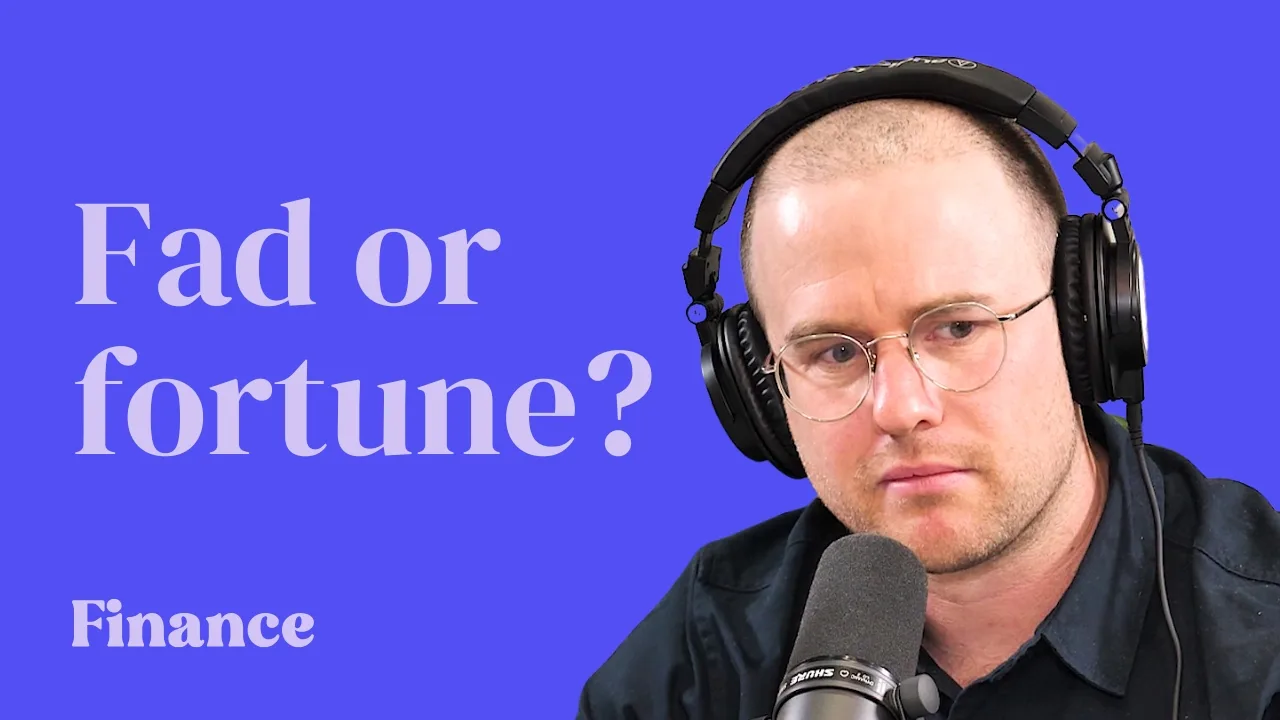The scale of the human, social and economic costs wrought by COVID-19 has prompted some politicians to compare it with war. Although this might create some good political spin, which is always attractive to politicians, it is not correct.
The differences between COVID-19 and actual war are many and varied. In truth, the only thing they have in common is that, sadly, both cause unnecessary death and needless suffering.
Wars are periods of intense economic activity as production gets ramped up to support the military effort. Full employment is typical.
This pandemic has demanded the Government’s response to be quite the opposite – to shut down much of the economy. As Australian Treasurer John Frydenberg admits, the cost to the economy to combat COVID-19 is about $4 billion a week.
Wars often usher in periods of high inflation, partly sparked by shortages of life’s essentials and labour. By contrast, since the 2008 GFC we have had underlying deflationary forces, especially in the labour market, and the ongoing depressed demand created during and after the pandemic will likely support this trend.
Wars can destroy countries’ capital stock, especially where they are fought, as buildings, roads, factories, and the like are destroyed, with one consequence being that post-war periods having increased economic activity due to reconstruction. But pandemics come without the destruction of capital stock – and therefore the economic stimulus that comes from having to replace or rebuild it.
What I sense – it is far too early to know – is that COVID-19 will impose huge human and social costs, with the wounds likely to run deep and take years to heal. And there is little history on which governments can draw on to influence economic policies to kickstart the economy as we gradually come out of lockdown.
So, how will the Government respond as the economy slowly recovers? JobKeeper and JobSeeker will not last forever. But do not be surprised if they last longer, in some form, than the proposed six months as it will be difficult for the Government to wean the economy off these lifelines. JobSeeker, or the dole as it is commonly called, will probably never go back to its pre-COVID-19 level.
What you need to do, if you can, is take full advantage of these assistance packages (which includes mortgage and rent relief) and start or boost your emergency savings/rainy day funds to give yourself a buffer before the Government’s assistance dries up and the true impact of the global lockdown on the economy is known.
We will all be in virgin territory once the lockdown ends, and without the guiding hand of history to show us how to handle it. My suspicion, unfortunately, is that our exit may not be as smooth as governments are spinning.









